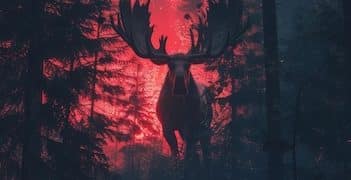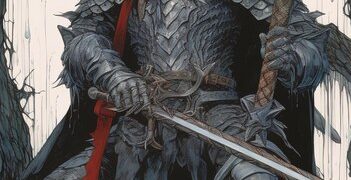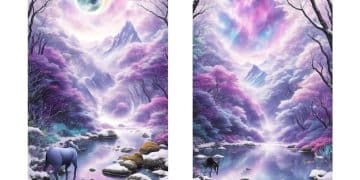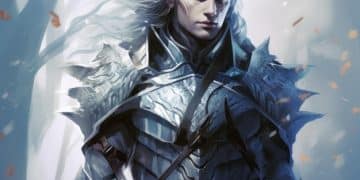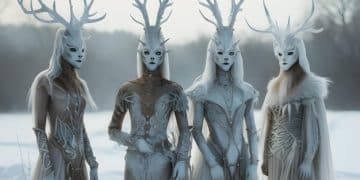Netflix’s The Witcher: Exploring the Monsters and Creatures of the Continent
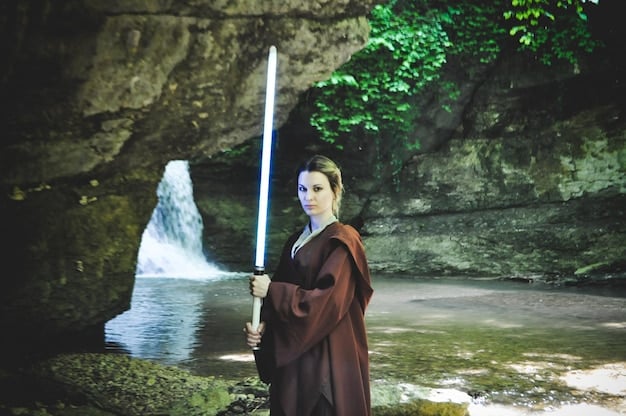
Netflix’s ‘The Witcher’ presents a rich tapestry of monsters and creatures, deeply rooted in Slavic folklore and Andrzej Sapkowski’s novels, adding layers of complexity and danger to Geralt of Rivia’s world.
Dive into the dark and fantastical world of Netflix’s ‘The Witcher’: A Deep Dive into the Monsters and Creatures of the Continent. Discover the lore, origins, and terrifying details behind the beasts that Geralt hunts.
The Witcher’s Bestiary: An Introduction
The world of “The Witcher,” brought to life by Netflix, is brimming with terrifying monsters. These creatures are not merely random antagonists; they are integral to the narrative and world-building.
Understanding the origins and lore behind these monsters significantly enhances the viewing experience.
Monsters and Their Origins
Many of the monsters in “The Witcher” are inspired by Slavic mythology. This provides a culturally rich and deeply unsettling backdrop for Geralt’s adventures.
- Leshy (Leshen): A forest spirit capable of controlling plants and animals.
- Striga: A cursed princess transformed into a bloodthirsty monster.
- Kikimora: An insectoid monster dwelling in swamps and marshes.
These creatures add layers of depth to the story, making the world of “The Witcher” both fascinating and dangerous.

The series skillfully blends these mythical elements with original creations, enriching the narrative.
The Leshen: Guardians of the Forest
Leshens, also known as Leshy, are ancient forest spirits with deep ties to the natural world. Their imposing presence is a clear indication of the untamed wilderness.
They are protectors of the woods, often seen as guardians, but their methods can be brutal.
Characteristics of a Leshen
Leshens are easily recognizable by their imposing stature and their ability to control the flora and fauna around them. They have a deep connection to the forest.
- Appearance: Tall, humanoid figures with antlers and root-like appendages.
- Abilities: Control over plants and animals, shapeshifting, and territorial protection.
- Weaknesses: Fire, silver, and knowledge of their specific territorial boundaries.
Facing a Leshen requires strategy and a deep understanding of nature.
Their motives are not always clear, making them a formidable and unpredictable foe.
Striga: The Cursed Princess
The Striga is one of the most tragic and terrifying monsters in “The Witcher.” Born from a curse, this creature embodies the consequences of dark magic and twisted fates.
Its story is a blend of horror and pathos, making it a memorable antagonist.
The Curse and Transformation
The Striga’s origin is rooted in a dark curse, transforming a pregnant princess into a bloodthirsty monster. The curse is central to its tragic existence.
- Origin: A princess cursed while pregnant, resulting in a monstrous birth.
- Abilities: Superhuman strength, agility, and bloodlust.
- Weaknesses: Sunlight, silver, and the breaking of the curse.
Breaking the curse is the only way to revert the Striga to its human form.
The tale of the Striga serves as a poignant reminder of the far-reaching consequences of malice.
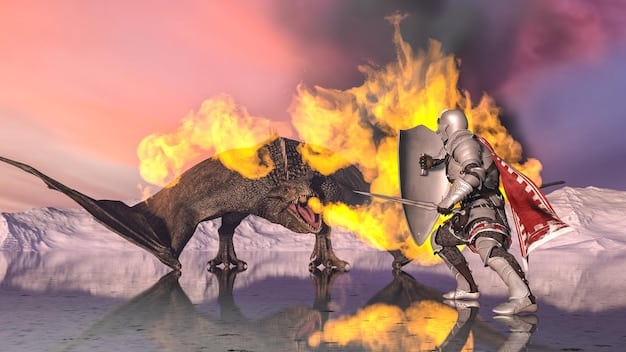
Kikimora: Denizens of the Swamps
Kikimoras are insectoid monsters that dwell in swamps and marshes. They are often encountered in groups, making them a challenging threat for witchers.
Their grotesque appearance and hive-like behavior add to the horror of the Witcher’s world.
Hive Mentality and Habitat
Kikimoras operate within a hive structure, with a dominant queen leading the colony. Their social behavior is crucial to their survival.
- Habitat: Swamps, marshes, and other damp environments.
- Abilities: Swarming tactics, acid spit, and subterranean movement.
- Weaknesses: Fire, poison, and disrupting the hive.
Their ability to move underground makes them especially dangerous.
The Kikimora’s presence is a testament to the diversity of threats lurking in the Continent.
Ghouls and Graveirs: The Scavengers
Ghouls and Graveirs are scavenger monsters often found near battlefields and graveyards. They feed on corpses and decaying flesh, embodying the grim realities of war and death.
Their presence is a constant reminder of mortality in the Witcher’s world.
Feeding Habits and Locations
Ghouls and Graveirs thrive in areas where death is prevalent. Their feeding habits make them a public health hazard.
- Diet: Corpses, decaying flesh, and carrion.
- Abilities: Sharp claws, pack mentality, and disease transmission.
- Weaknesses: Fire, silver, and necrophage oil.
Controlling their population is crucial for public health.
These monsters highlight the darker, more visceral aspects of the Witcher’s universe.
Nekkers: The Tunnel Terrors
Nekkers are small, aggressive creatures that dwell in tunnels and underground networks. They often attack in swarms, posing a significant threat to travelers.
Their subterranean habitat and pack tactics make them a formidable foe.
Pack Behavior and Underground Dwellings
Nekkers are highly organized and territorial, defending their tunnels fiercely. Their pack behavior amplifies their threat.
- Habitat: Tunnels, caves, and underground networks.
- Abilities: Swarming tactics, sharp claws, and subterranean movement.
- Weaknesses: Fire, bombs, and traps.
Controlling their numbers requires strategic use of traps and explosives.
These creatures add an element of claustrophobic horror to the Witcher’s world.
Bruxa: The High Vampire
Bruxae are a type of high vampire, possessing enhanced strength, speed, and the ability to shapeshift. They are cunning and deadly, posing a significant challenge to even experienced witchers.
Their elegant appearance masks their brutal nature.
Abilities and Shapeshifting
Bruxae can transform into a bat-like form, enhancing their mobility and attack capabilities. Their shapeshifting ability makes them difficult to track.
- Appearance: Often appear as beautiful women, capable of transforming into bats.
- Abilities: Enhanced strength, speed, shapeshifting, and sonic scream.
- Weaknesses: Vampire oil, silver, and sunlight (though less effective than on lower vampires).
Their sonic scream can disorient and incapacitate their prey.
The Bruxa exemplifies the blend of beauty and terror found in the Witcher’s monsters.
In conclusion, the diverse bestiary of “The Witcher” enriches the narrative, adding layers of depth and danger to Geralt’s world.
| Key Point | Brief Description |
|---|---|
| 🌲 Leshen | Ancient forest spirit protecting the woods. |
| 🧛 Striga | A cursed princess turned into a deadly monster. |
| 🕷️ Kikimora | Insectoid monster living in swamps and marshes. |
| 💀 Ghouls | Scavengers feeding on corpses near battlefields. |
Frequently Asked Questions
▼
Many monsters are inspired by Slavic folklore and legends, providing a rich and culturally relevant backdrop to the series.
▼
Leshens are vulnerable to fire, silver, and knowledge of their specific territorial boundaries. Understanding their domain is key.
▼
A Striga is typically the result of a dark curse, often involving a pregnant woman. The curse transforms the unborn child into a monster.
▼
Kikimoras are commonly found in swamps, marshes, and other damp environments, where they build their hives.
▼
A Bruxa is a type of high vampire known for their enhanced abilities and their deceptive, often beautiful, appearance, that hide their true nature.
Conclusion
Exploring the monsters and creatures of Netflix’s ‘The Witcher’: A Deep Dive into the Monsters and Creatures of the Continent’ reveals a complex and fascinating world, deeply rooted in mythology and brought to life with stunning detail. These monsters are not just adversaries; they are integral to the narrative, providing both challenges and insights into the moral ambiguities of the Continent.
